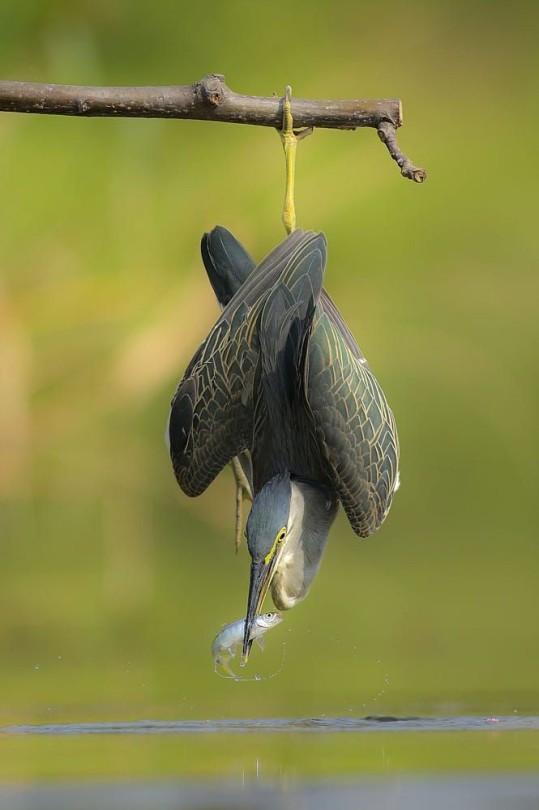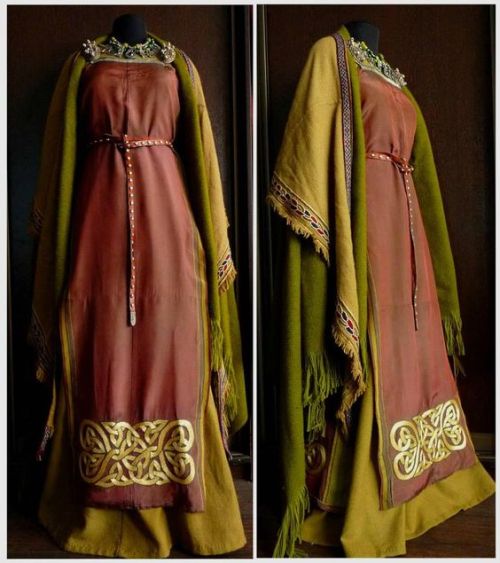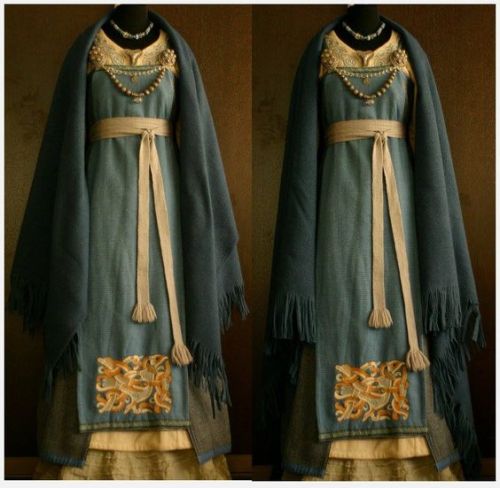A Guide To Designing Wheelchair Using Characters!








A guide to designing wheelchair using characters!
I hope this helps anyone who's trying to design their oc using a wheelchair, it's not a complete guide but I tried my best! deffo do more research if you're writing them as a character
More Posts from Goblin-in-the-rain and Others
[Image IDs: all images are close-ups of pill millipedes, which are small arthropods (bugs) with a similar appearance to roly polies. They are pill-shaped and segmented with shiny scale-like plating that goes to the ground and covers up all their lil legs.
ID1: a rusty red pill millipede with a black head and mottled black spots on its segments. It’s segments are edged with a pale, slightly translucent yellowish color. It’s photographed from the side. It’s standing on light grayish tree bark.
ID2: another photo of the same or a similar millipede. This one is photographed from a higher angle, making it easier to see black backwards-pointing triangles running down its back. In this image it’s standing on bark covered in moss.
ID3: another photo of the same or a similar millipede on a similar background. This one is photographed from directly above.
ID4: another photo of the same or a similar millipede on a similar background. This one is on its back and half-curled up so its head is right-side up. Its belly and legs are a tan-ish; and its little legs stick up like it’s reaching out.
ID5: two of the red/black millipedes completely curled up on their sides, completely hiding their heads and legs in their plates. These ones are sitting on grey granite. One is slightly smaller than the other.
ID6: a similar millipede to the others, but this one is a much darker maroon red and less shiny. This one has a bright copper stripe behind its head. It’s on leaf litter.
ID7: another darker millipede on leaf litter and coniferous twigs (fir, I think). This one is curled up, but is upright like a wheel.
ID8: a collection of four millipedes on rough grey bark. There is one to the left, two in a vertical row to the right, and one in the center. All of them are curled up except for the center one. The one on the left is orange with black mottled spots and black diamonds running down the center of its back. The one in the center is an ochre color with darker orange edges on the bottom of its segments. It is sparsely mottled with black, with a black head. Behind its head is a yellow stripe, then a black stripe, then no more stripes. It has tall backwards-facing triangles along its back that get smaller and smaller until they disappear, after which there is one big black triangle at the end of the millipede’s body. The top right millipede is a blue-green-grey, similar to the color of lichen. Its segments are edged with thick orange-grey, and it has connected black diamonds running down its back. The bottom millipede is mostly covered in black spots, with orange stripes peeking through at the edge of its segments. There are black diamonds running down its back, which are separated from most of the other mottling by grey.
ID9: a photo of a pill millipede from above and a bit further away than the others. The millipede in this one is almost entirely black, with a bit of gold peeking through. This one is on a pale-skinned person’s hand, and is just a bit shorter than the width of their fingers.
/End IDs]









Pill millipede (not an isopod/roly poly), Glomeris klugii, Glomeridae
Found in Europe and northern Africa
Photos 1-4 by ingridaltmann, 5 by vytautas_tamutis, 6-7 by amujcinovic, 8 by phtevendrews, and 9 (for scale) by bianca_t
[Video ID: a compilation of fotage from a trail camera focused on a man-made watering hole, which is a very large bowl with rocks in it. It’s in a desert area with lots of bushes and trees, though much of the landscape is hard to see due to the low-down angle. To me it looks like the deserts in western North America, but I could be wrong.
Throughout the video lots of animals stop by for a drink! In order they are: a coyote, a skunk, a raccoon, an opossum, a snake (I think a garter snake?), a small brown song bird, a hare, a hawk (possibly a juvenile Cooper’s hawk), a hummingbird, a variety of small song birds taking a bath, and a western scrub jay, also taking a bath.
The audio is mostly splashing from the animals drinking or from the fountain. In the clip of the hawk you can also faintly hear song birds and the flapping of the hawk’s wings. The song birds taking a bath together keep letting out short, shrill chirps. /End ID]
“A variety of wild animals visiting a water fountain”
(via)
I'd love to hear more about what makes the wings of the stylops so unique! Wings are always fascinating to me
Almost all insects with wings normally have four of them, except that in beetles, the front wings became the shields we call Elytra:

And in the true flies (diptera), the HIND wings became little vibrating knobs we call halteres, which are organic gyroscopes for collecting information about air pressure, direction and elevation, easiest to see on larger flies like this crane fly:

So, the male Strepsiptera is actually the only insect other than flies to have evolved halteres, but the Strepsiptera's halteres are evolved from the FRONT wings:

Their hind wings are odd enough too; simple "fans" unlike the intricately veined wings of other insects, but still not as unusual as forewing halteres. It's thought to be convergent evolution, and that they may have once been elytra like the beetles have. A connection to beetles is also suggested by the fact that a few beetle groups have larvae very similar to those of the strepsipterans, which look like this:

Lovably nasty larvae! They jump, and they're all spiny, and they actually use an acid secretion to melt their way into their first host.
There's one other insect group that incidentally evolved elytra shields, earwigs!
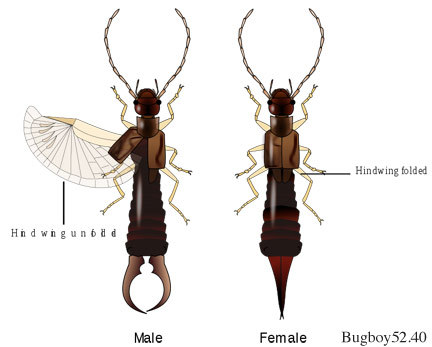
But earwigs can't be ancestral to either beetles or strepsiptera, because earwigs don't go through a larval stage, which the big evolutionary divide for insects; all the insects with larvae are thought to have just one common ancestor, splitting off from the other insects fairly early.
Moth Of The Day #112
Clouded Silver
Lomographa temerata
From the geometridae family. They have a wingspan of 22-30 mm. They tend to inhabit gardens, hedgerows, fens and woodland. They can be found in most of Europe.








[VIDEO AND PHOTOS TAKEN: MAY 8TH, 2023 | Video and Image IDs: A video and six photos of a yellow and black eastern carpenter bee (Xylocopa virginica) crawling on and chewing a hole into a brown walking stick in front of a grey background and a few other objects /End IDs.]
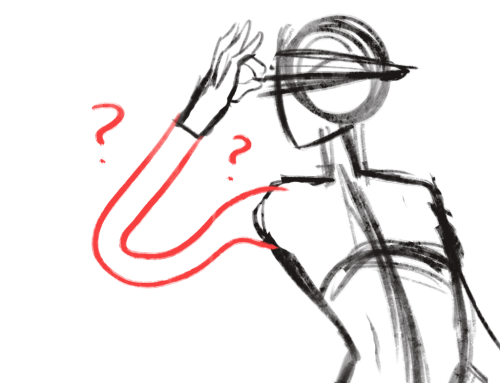
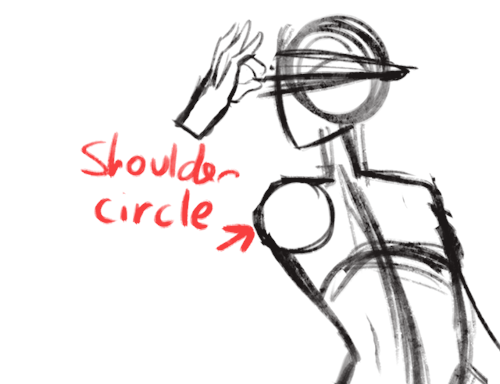
how to draw arms ? ?
-
 teacup789 liked this · 1 month ago
teacup789 liked this · 1 month ago -
 aroaceweirdos101 reblogged this · 1 month ago
aroaceweirdos101 reblogged this · 1 month ago -
 aroaceweirdos101 liked this · 1 month ago
aroaceweirdos101 liked this · 1 month ago -
 lambsoul liked this · 1 month ago
lambsoul liked this · 1 month ago -
 stimming4dayz reblogged this · 1 month ago
stimming4dayz reblogged this · 1 month ago -
 just-another-rainbowblog liked this · 1 month ago
just-another-rainbowblog liked this · 1 month ago -
 snaxewhisper liked this · 1 month ago
snaxewhisper liked this · 1 month ago -
 nationalicon liked this · 1 month ago
nationalicon liked this · 1 month ago -
 loveartkelis liked this · 1 month ago
loveartkelis liked this · 1 month ago -
 flowermin333 liked this · 1 month ago
flowermin333 liked this · 1 month ago -
 subhollic reblogged this · 1 month ago
subhollic reblogged this · 1 month ago -
 rottenexe liked this · 1 month ago
rottenexe liked this · 1 month ago -
 goremipsum liked this · 1 month ago
goremipsum liked this · 1 month ago -
 mr--magpie reblogged this · 1 month ago
mr--magpie reblogged this · 1 month ago -
 feral-wasteland-nerd reblogged this · 1 month ago
feral-wasteland-nerd reblogged this · 1 month ago -
 feral-wasteland-nerd liked this · 1 month ago
feral-wasteland-nerd liked this · 1 month ago -
 hibiki-jin liked this · 1 month ago
hibiki-jin liked this · 1 month ago -
 honeybeetlejuice liked this · 1 month ago
honeybeetlejuice liked this · 1 month ago -
 pandoraimmortal liked this · 1 month ago
pandoraimmortal liked this · 1 month ago -
 sillymooni liked this · 1 month ago
sillymooni liked this · 1 month ago -
 acetrashgremlin liked this · 1 month ago
acetrashgremlin liked this · 1 month ago -
 hellvenum liked this · 1 month ago
hellvenum liked this · 1 month ago -
 221bees-in-the-forest reblogged this · 1 month ago
221bees-in-the-forest reblogged this · 1 month ago -
 221bees-in-the-forest liked this · 1 month ago
221bees-in-the-forest liked this · 1 month ago -
 silvr-skreen liked this · 1 month ago
silvr-skreen liked this · 1 month ago -
 perpetuallytiredgremlin liked this · 1 month ago
perpetuallytiredgremlin liked this · 1 month ago -
 jellybeanbingus liked this · 1 month ago
jellybeanbingus liked this · 1 month ago -
 samstarium liked this · 1 month ago
samstarium liked this · 1 month ago -
 crossovers-nobody-asked-for liked this · 1 month ago
crossovers-nobody-asked-for liked this · 1 month ago -
 peachypizzicato liked this · 1 month ago
peachypizzicato liked this · 1 month ago -
 sleepyw0lf liked this · 1 month ago
sleepyw0lf liked this · 1 month ago -
 rockettthefrog1409 reblogged this · 1 month ago
rockettthefrog1409 reblogged this · 1 month ago -
 ma3for3v3r liked this · 1 month ago
ma3for3v3r liked this · 1 month ago -
 genderfluidblob reblogged this · 1 month ago
genderfluidblob reblogged this · 1 month ago -
 genderfluidblob liked this · 1 month ago
genderfluidblob liked this · 1 month ago -
 penny20 liked this · 1 month ago
penny20 liked this · 1 month ago -
 plush-hush liked this · 1 month ago
plush-hush liked this · 1 month ago -
 maria-ruta liked this · 1 month ago
maria-ruta liked this · 1 month ago -
 boredgamesandvodka reblogged this · 1 month ago
boredgamesandvodka reblogged this · 1 month ago -
 spacecatsad liked this · 1 month ago
spacecatsad liked this · 1 month ago -
 wheeljak liked this · 1 month ago
wheeljak liked this · 1 month ago -
 sylversterlingstarz liked this · 1 month ago
sylversterlingstarz liked this · 1 month ago -
 havinganervousbreakdownrn liked this · 1 month ago
havinganervousbreakdownrn liked this · 1 month ago -
 falsaratoira liked this · 1 month ago
falsaratoira liked this · 1 month ago -
 probablyprobablydefinitelynot liked this · 1 month ago
probablyprobablydefinitelynot liked this · 1 month ago -
 ohlittledarling liked this · 1 month ago
ohlittledarling liked this · 1 month ago -
 octokracken liked this · 1 month ago
octokracken liked this · 1 month ago -
 portablecity reblogged this · 1 month ago
portablecity reblogged this · 1 month ago -
 verybug420 liked this · 1 month ago
verybug420 liked this · 1 month ago -
 ferroazzurro liked this · 1 month ago
ferroazzurro liked this · 1 month ago

Hi it’s me puddleorganism if you’re confused why you got a billion hoops from me
298 posts





